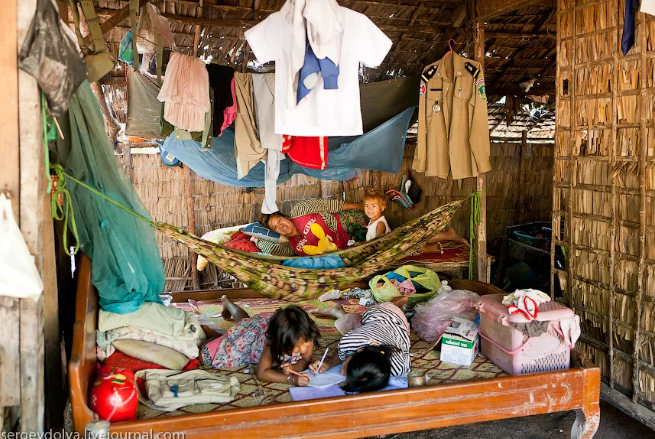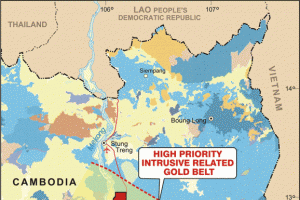
Cambodian Gold Project
|
The Okvau Gold Deposit is located in the Mondulkiri Province approximately 265 kilometres north-east of the capital Phnom Penh. The topography is undulating with low relief 80 to 200 metres above sea level. The area is sparsely populated with some artisanal mining activity. Existing dirt roads and tracks provide for sufficient access for the exploration activities. The project area has key similarities (geology and geochemistry) with the world class Tintina Gold Belt (Alaska-Yukon) which host deposits such as: - Donlin Creek 38Moz @ 2.3g/t
The resource estimate includes the drilling completed by the Company on the Okvau gold deposit during 2012 which was a combination of infill and extensional drilling. This drilling provided better delineation of high grade gold zones.
Notes:
Mineralisation remains open to the north-east, south-east and at depth. Accordingly, the reported resource estimate is considered as an interim resource and potential exists to further expand the resource base. The resource estimate covers approximately 500 metres strike and 250 metres width of the mineralised vein system. The resource estimate utilised 90 diamond drill holes totalling 28,156 metres. Given historical local mining activity, the resource estimate has excluded any mineralisation from surface to 10 metres vertical depth. For the component potentially amenable to open pit mining, a lower cut-off grade of 0.65g/t gold is considered appropriate based on preliminary cost benchmarking undertaken by the Company. As shown below, the Okvau deposit has a consistently high gold endowment per vertical metre. Okvau Gold Deposit - Gold ounces per vertical metre
Renaissance aims to establish a multi-million ounce gold project at Okvau in Cambodia and is currently undertaking a 25,000 metre RC drilling program targeting high priority prospects within close proximity of the Okvau gold deposit. The Company believes this new resource estimate for the Okvau gold deposit and the results from recent exploration undertaken confirm the potential for the Company to establish a new gold district. Okvau Gold Deposit: Resource WireframeOkvau Gold Deposit: Resource Block Model (looking South West)Okvau Exploration License AreaOkvau North Prospective CorridorCambodia Project LocationAppendix One | JORC Compliant Resource Estimate ParametersThe gold resource estimate completed at Okvau has been undertaken by SRK Consulting based in Perth, Western Australia. The SRK March 2013 Resource estimate for the Okvau gold deposit is shown below:
Based on the confidence in geological continuity, confidence in data quality, and the sampling density, SRK classified the component of the estimation above -150 mRL as Indicated. Below -150 mRL, the estimate of the higher grade Okvau Deeps component was based on fewer samples and more widely spaced intersections, so SRK classified this component as Inferred. The methods and parameters used for the estimation are summarised below:
|
by http://www.renaissanceminerals.com.au/
-
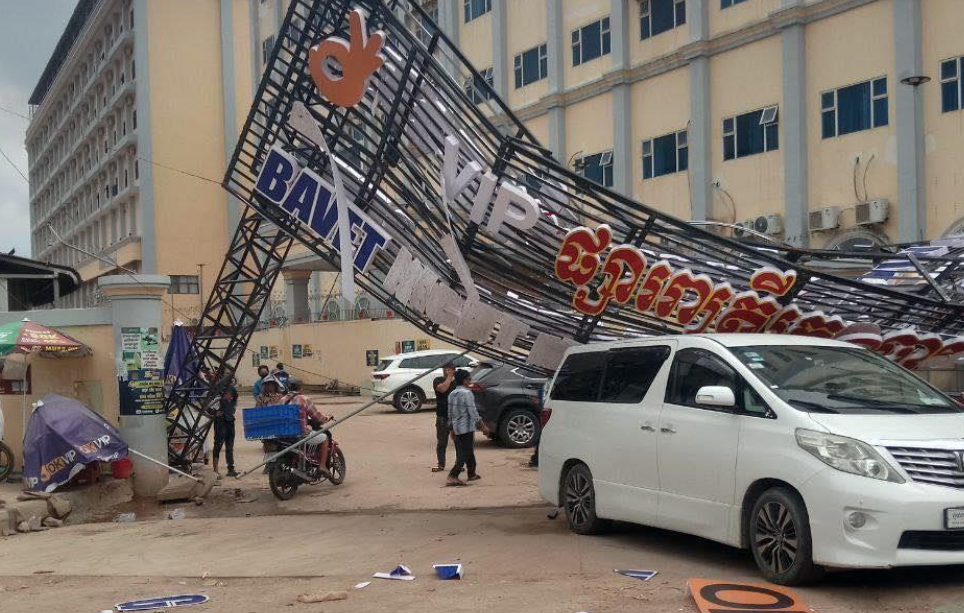
Сильный ветер и гроза обрушили рекламный щит на автомобиль в провинции Свайриенг
-
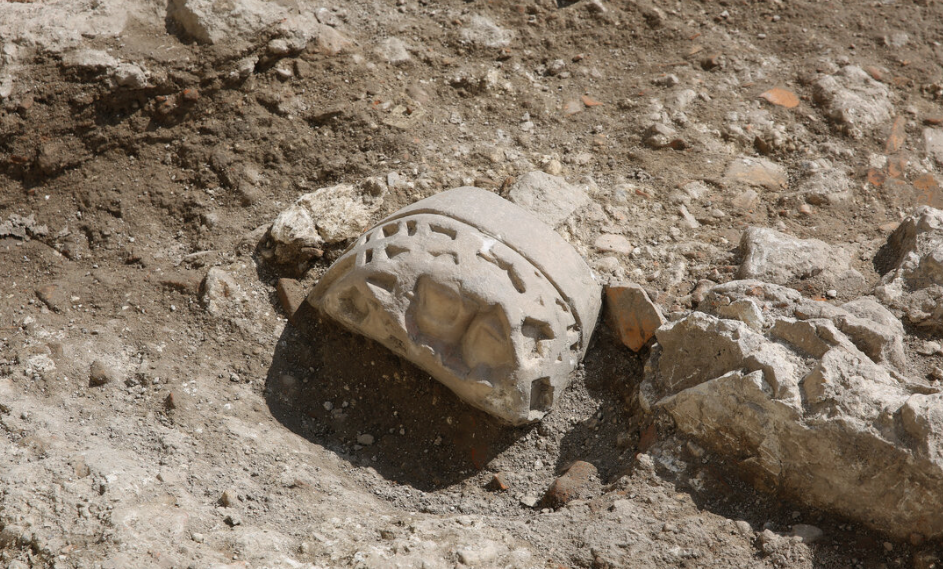
В Камбодже археологи откопали многовековую черепаху
-
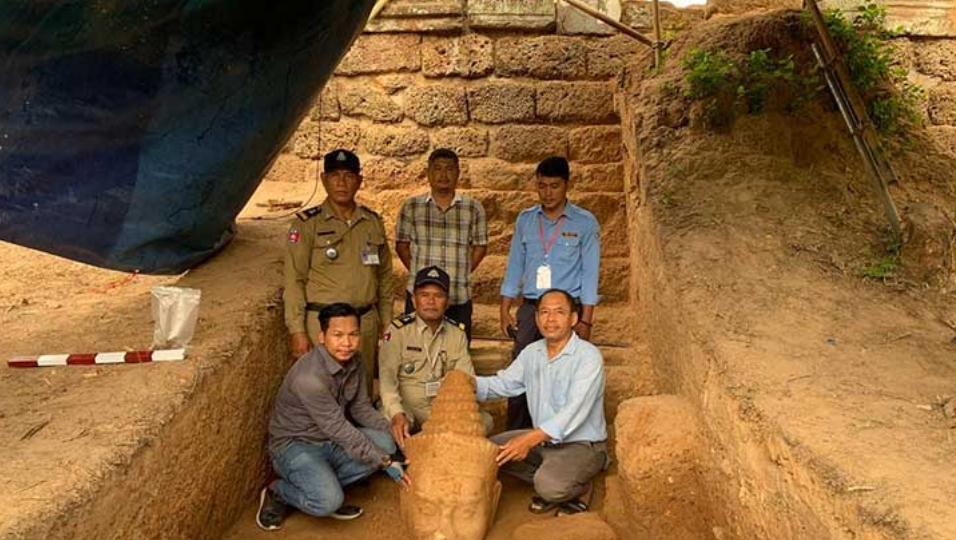
Исследовательская группа раскопала голову статуи Дэва у Ворот Победы Ангкор Тома
-

Камбоджа получила в дар двух молодых слонят из Лаоса
-

Камбоджа обновила правила въезда в страну для туристов
-
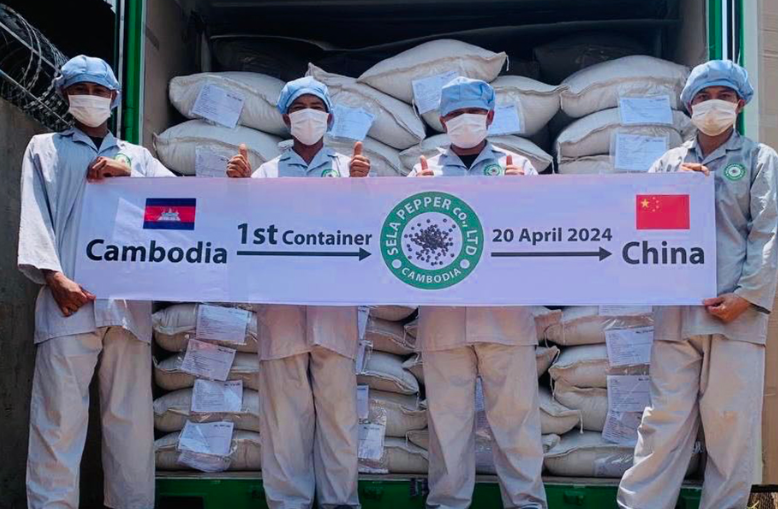
Экспорт перца из Камбоджи в Китай выглядит многообещающим, даже несмотря на то, что засуха разрушает промышленность






























